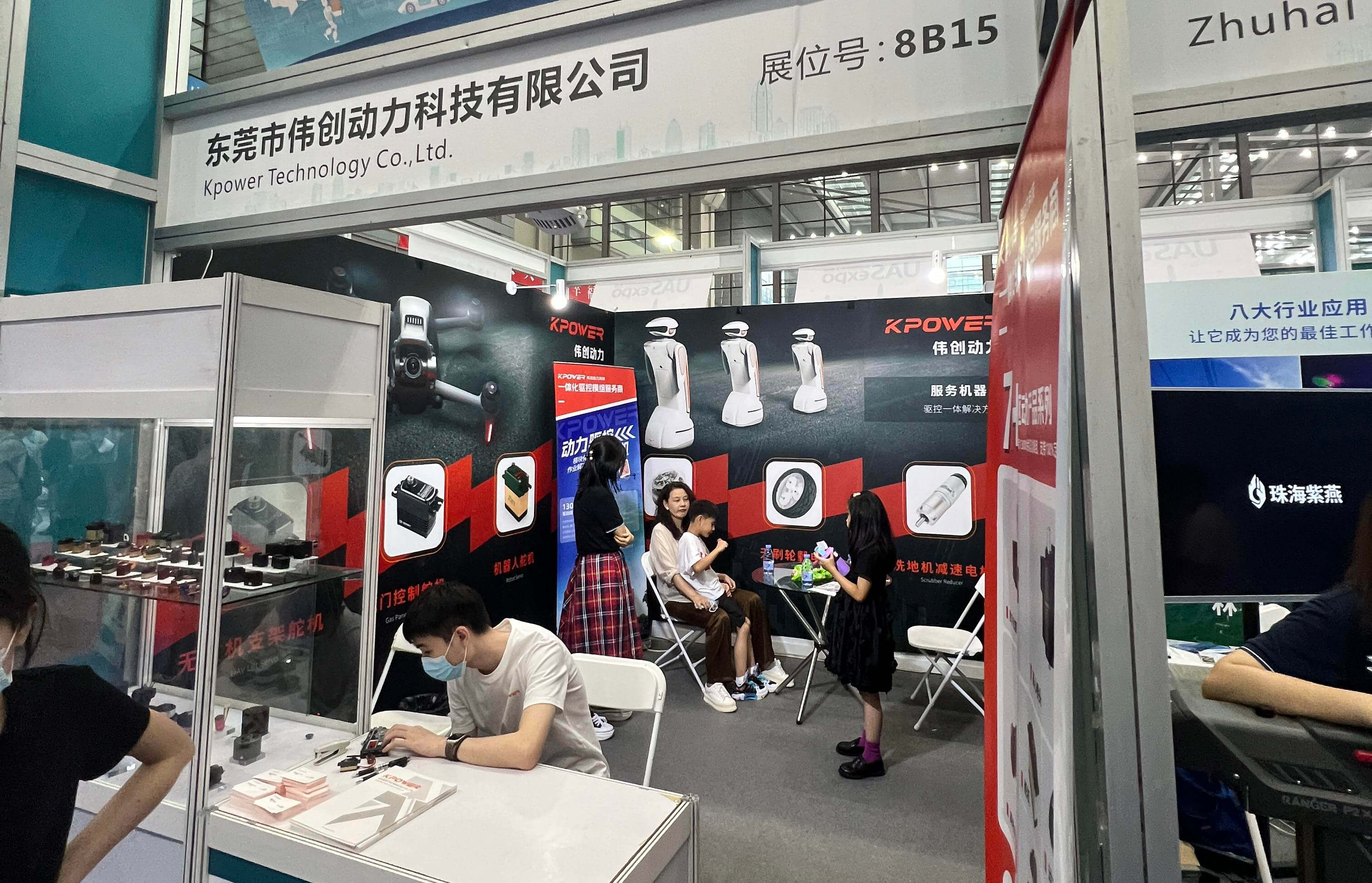When it comes to choosing the right motor for your project, the phrase “low RPM, high torque” might stand out. But what does it really mean for your work, and how can you take advantage of it? Let’s break it down in a way that makes sense.

Low RPM motors are typically built for applications where you need power at a lower speed, but with plenty of muscle. Imagine a car engine. A typical high-speed engine might zoom around at thousands of RPMs, but in certain machines, you don’t need that. Instead, you need a motor that delivers substantial torque—like a heavy-duty winch or a drill press—without spinning too fast. That’s where low RPM, high torque electric motors come into play.
These motors excel at handling heavy loads at slow speeds. Take, for instance, a conveyor belt moving hefty materials. If you tried using a high-speed motor, you might face issues with precision and control. With a low RPM motor, the machinery can operate at a steady pace, giving you smoother performance and better reliability. It’s like driving a car in first gear—you're not zooming down the highway, but you have enough strength to pull a heavy load up a hill.
The magic is in the torque. Torque is the twisting force that allows motors to lift, push, or move things. High torque at low speeds means you can power through tough tasks without worrying about your motor burning out or wasting energy. It's efficiency in action, offering maximum performance with minimal strain.
But is this kind of motor right for every application? Well, not exactly. For light-duty tasks or anything requiring high-speed rotation, a low RPM motor would likely be overkill. However, for industrial settings, robotics, or any heavy-duty machinery, these motors are indispensable. They're particularly popular in automation systems, where precision and consistency are key.
What’s great about low RPM, high torque motors is how adaptable they are. Whether you're looking to move something heavy with care or needing to ensure machinery runs at a constant speed, these motors offer a great solution. And when paired with the right controller or gear system, you can fine-tune your application to meet very specific needs.
So, why choose them over other options? Simple—reliability and control. When your project demands steady, consistent power at slower speeds, a low RPM, high torque motor doesn’t disappoint. They're designed to last, offering years of reliable service without the wear and tear that comes from running at high speeds. And for businesses, this often translates into lower maintenance costs and less downtime.
When looking for a motor that delivers both strength and efficiency, low RPM, high torque electric motors are definitely worth considering. They offer power where it's needed most, without the excess speed that could end up costing you in the long run.
Established in 2005, Kpower has been dedicated to a professional compact motion unit manufacturer, headquartered in Dongguan, Guangdong Province, China.




































